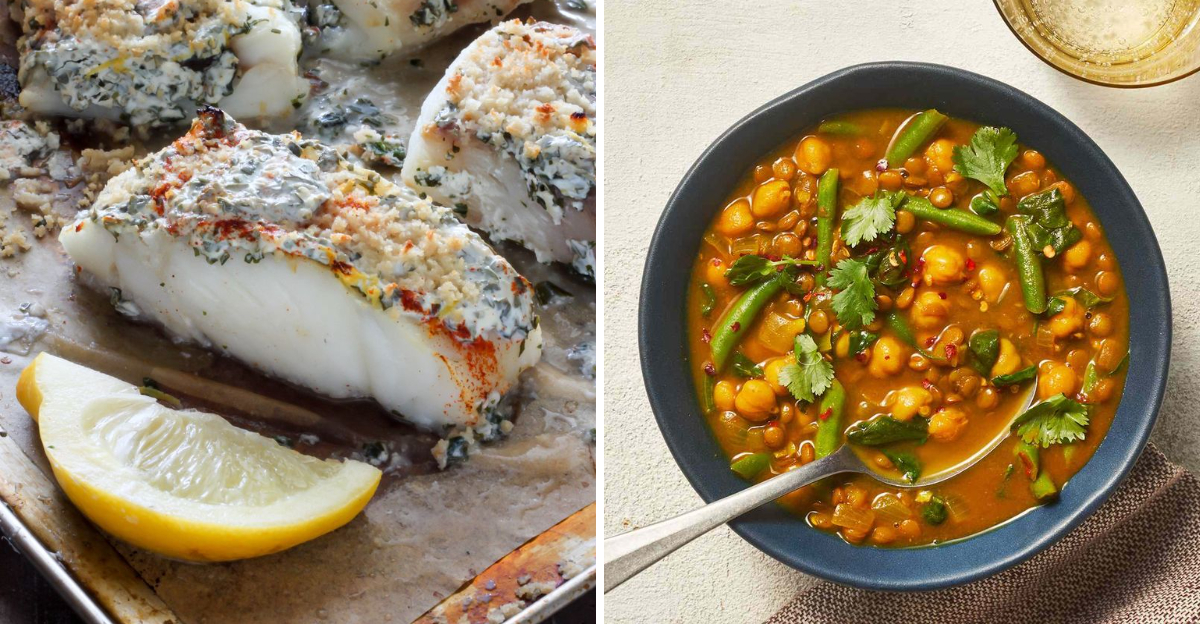14 Buffet Items Chefs Encourage You To Try

Buffets can feel overwhelming, but chefs know exactly where the true gems hide. Instead of piling on the obvious crowd-pleasers, they head straight for items that reveal skill, freshness, and thoughtful preparation.
This guide highlights the dishes industry pros quietly prioritize—and why they’re worth your plate space. Read on to build a smarter, more delicious buffet strategy that leaves no regrets.
1. Carved Prime Rib with Au Jus

Chefs gravitate toward the carving station because it showcases technique, temperature control, and quality meat. Prime rib, properly rested and sliced to order, retains its juices far better than pan-holding cuts on a steam table.
Ask for an end piece if you love crust, or the center for ultra-tender bites. Spoon on just enough au jus to gloss the meat without drowning it.
Pair with a small scoop of horseradish cream to cut richness. Avoid piling sides too high; focus on the star. Notice the rosy interior and subtle marbling—both signs of careful roasting.
2. Made-to-Order Omelet
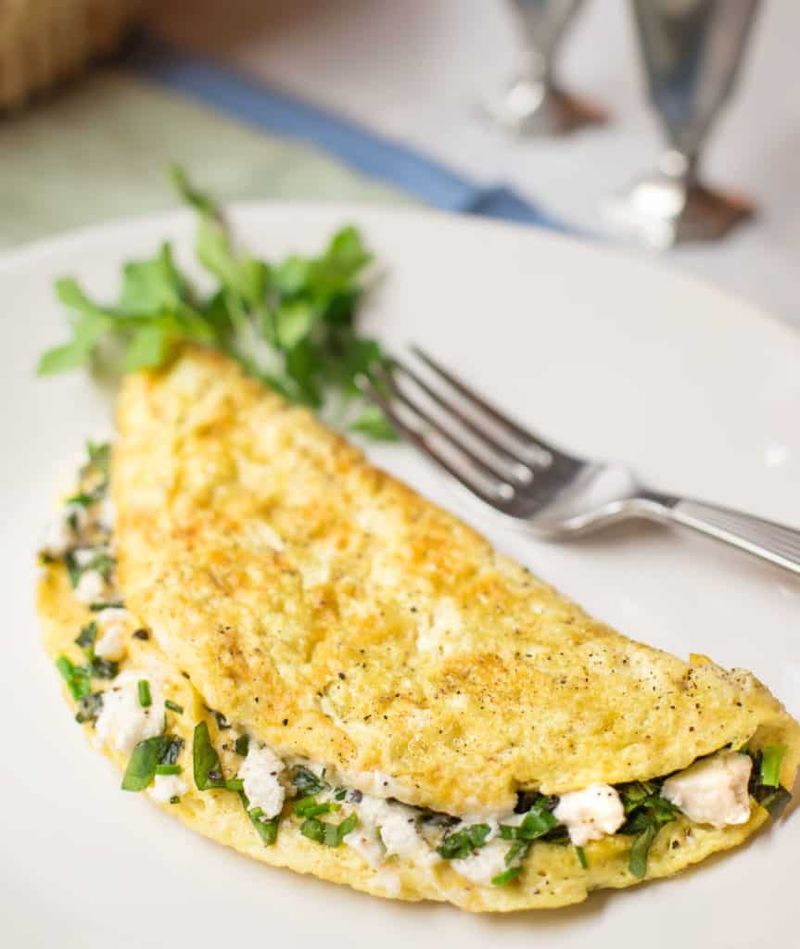
Chefs favor omelet stations because they guarantee freshness and control over ingredients. You can customize fillings for balance—think mushrooms, spinach, and a little sharp cheese—while watching the cook’s technique.
Look for a lightly set center and tender edges, not browned or rubbery. Ask for less oil and avoid overstuffing; it compromises texture. Fresh herbs, if available, elevate flavor beautifully.
A quick sprinkle of salt just before folding helps seasoning pop. Skip heavy sides and relish the omelet’s warmth and aroma. When executed well, it’s a high-value, protein-rich choice amid buffet excess.
3. Seared Salmon with Citrus or Herb Sauce

Fish at buffets can be risky, but chefs know seared salmon is often handled with care. Look for moist, slightly translucent flakes and a bright sauce—citrus, dill, or chive—that signals freshness.
Avoid pieces sitting in deep pools of sauce; they may be overcooked underneath. A light drizzle is enough to complement richness. Pair with simply dressed greens, not heavy starches, to keep flavors clear.
If the skin is crisp, grab that portion—it’s textural gold. Quality salmon offers omega-3s and satisfying depth. When the station looks well-tended, this is a standout choice.
4. Roasted Seasonal Vegetables

Chefs champion roasted vegetables because they reveal seasoning, oven skill, and ingredient quality. Seek vibrant color and caramelized edges without sogginess.
Seasonal choices—like squash, Brussels sprouts, or carrots—often taste sweeter and roast more evenly. Sprinkle with sea salt if available, and add a squeeze of lemon to heighten brightness.
Avoid watery steam-table mixes that look pale or mushy. Pair with a lean protein for a balanced plate.
Roasted vegetables deliver texture, fiber, and depth you’ll miss in bland sides. When the tray is refreshed frequently, it’s a reliable, flavorful win.
5. Hand-Rolled Sushi and Sashimi

Chefs advise targeting sushi that’s rolled to order or clearly refreshed often. Inspect rice: it should be slightly warm or room temperature, with defined grains—not cold and clumpy.
Fish should appear glossy, never dull or dry. Favor simpler pieces like salmon, tuna, or veggie rolls to taste freshness.
Watch the chef’s station for knife cleanliness and disciplined technique. Avoid overloaded sauces that mask quality.
Add a dab of wasabi and a delicate soy dip to maintain balance. When handled properly, sushi at a buffet can be a clean, elegant, high-value pick.
6. Slow-Braised Short Ribs
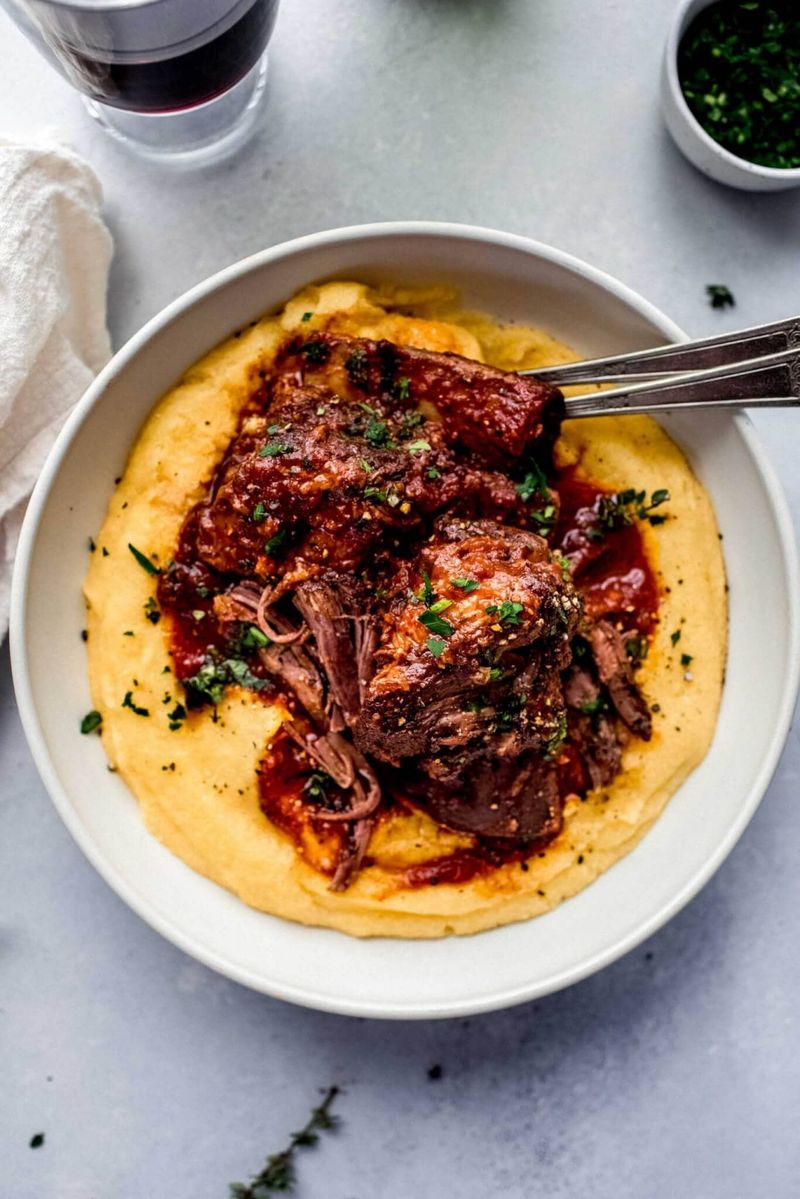
Short ribs reward patient cooking, something chefs admire in buffet settings. Look for meat that yields easily to a fork and glistens with a reduced, glossy sauce.
Avoid trays where the sauce looks split or greasy; it indicates poor temperature management. The best versions taste deeply savory, with aromatic notes of red wine, thyme, or soy.
Pair with a spoon of creamy polenta or plain rice to catch drippings without overpowering. A sprinkle of chopped herbs lifts richness. This dish offers exceptional value and showcases careful, time-consuming technique worth seeking out.
7. Charcuterie and Artisan Cheeses

Pros head for the charcuterie because it’s hard to fake quality. Seek a thoughtful mix of textures: soft-ripened cheese, firm aged varieties, and a few cured meats like prosciutto or salami.
Fresh fruit, nuts, and good bread show attention to detail. Avoid dried-out slices or sweating cheeses. Start with small tastes to gauge salt and funk, then build combinations.
A drizzle of honey or a dab of mustard transforms bites without overpowering. This station provides concentrated flavor per ounce, making it a savvy, luxurious use of plate space.
8. Lamb Chops or Carved Leg of Lamb

Chefs appreciate lamb for its distinctive flavor and the skill needed to cook it right. Look for rosy, medium-rare slices or chops with a light sear and minimal gray banding.
Mint, gremolata, or yogurt-based sauces add brightness and tame richness. Avoid pieces bathing in thick gravy; they’re often overcooked.
Ask the carver for a cut closer to the bone for juiciness. Pair with simple sides to let the lamb shine. When treated respectfully, lamb stands out as a premium, satisfying choice at any buffet.
9. Freshly Shucked Oysters

When offered, oysters are a chef’s litmus test for freshness and sourcing. Choose only those shucked to order or displayed on deep, cold ice with plenty of liquor in the shell.
They should smell like the sea, not fishy. Top with lemon or mignonette; avoid heavy cocktail sauce that masks flaws. If the station looks pristine and busy, turnover is high—a good sign.
Slurp immediately to enjoy briny snap and sweetness. This is a high-value, low-effort score if handled meticulously. When in doubt, skip and move on.
10. Pho or Ramen Made to Order
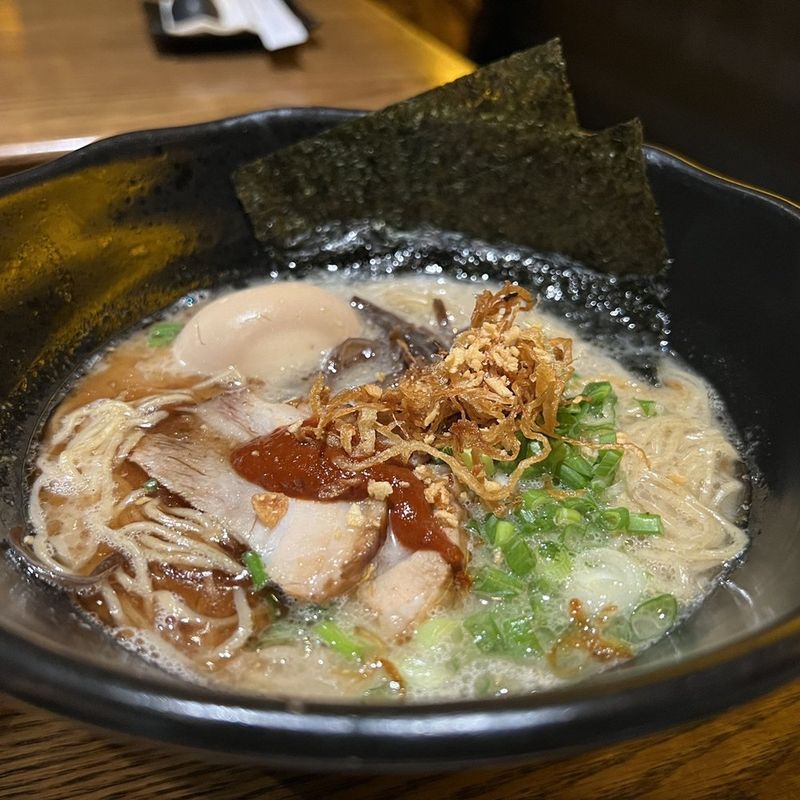
Broth-based noodle stations reveal culinary depth. Chefs love pho or ramen assembled to order because broth quality is unmistakable—clear, aromatic, layered.
Watch for steam and a fragrant, not overly salty aroma. Choose springy noodles and a balance of proteins and greens.
Add herbs and acid—lime or rice vinegar—to brighten. Avoid piling on too many toppings, which dulls clarity.
If chafers look tired, this station still delivers freshly heated components. A well-built bowl offers comfort, hydration, and nuance—ideal between heavier buffet items.
11. Tandoori Chicken or Paneer

Chefs value tandoori items for their bold spice and char. Seek bright color from marinade, slight charred edges, and juicy interiors—not dry or chalky.
Paneer should be tender with caramelized spots. Pair with cucumber raita and fresh herbs to temper heat. Avoid overly oily gravies; they can mask finesse.
A small scoop of basmati rice or naan balances the spices. Fragrance is a great indicator here—smoke, yogurt tang, and warm spices suggest quality. Done right, tandoori dishes bring vibrant flavor without heaviness.
12. Shrimp Cocktail with Real Poach

Classic shrimp cocktail, when properly poached, signals discipline and freshness. Look for plump shrimp with a gentle snap, not rubbery chew.
They should smell clean and sit on ice, not swimming in water. A bright, balanced cocktail sauce—zingy horseradish, not sugar-heavy—complements sweetness.
Add a squeeze of lemon to sharpen flavors. Skip pre-sauced cups that hide texture. This item delivers high protein and impressive value in small portions. If the ice is melting and shrimp look dull, pass and save room for better options.
13. Roast Duck with Crisp Skin

Duck at a buffet is a confident move for chefs, especially when the skin stays crisp and the fat is rendered. Seek mahogany skin, minimal pooled grease, and moist meat.
A light brush of orange or five-spice glaze adds perfume without stickiness. Ask for fresh slices from a recently carved bird. Pair with something acidic—pickled veg or citrus—to cut richness.
Avoid soggy pieces languishing in steam. When done right, roast duck offers deep flavor and textural contrast that outshines many heavier meats.
14. From-Scratch Mashed Potatoes or Polenta
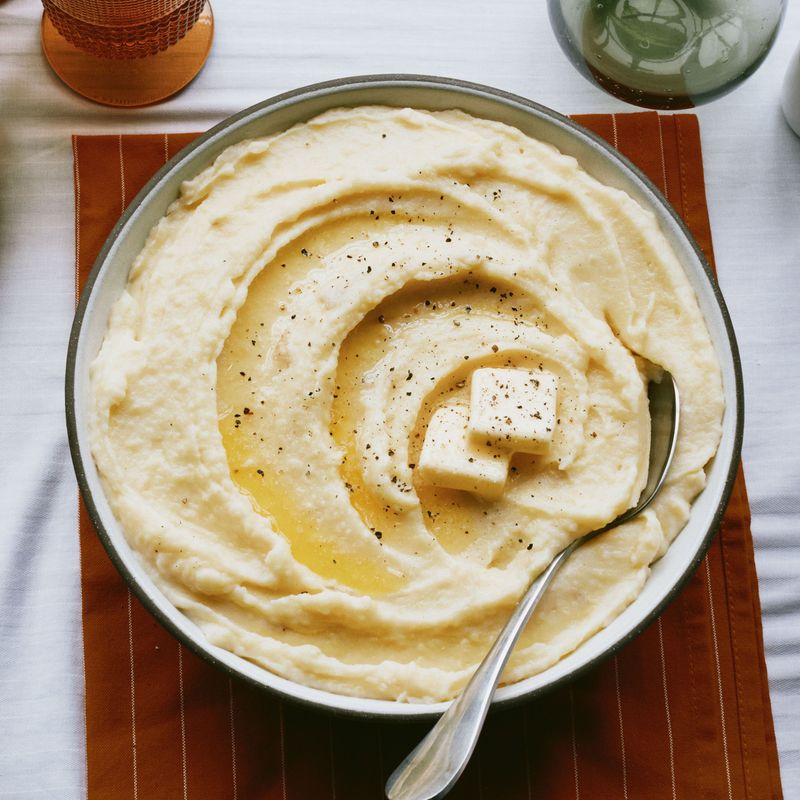
Simple sides reveal technique. Chefs look for mashed potatoes with a silky, buttery texture—no gluey elasticity, which signals overworked starch.
Polenta should be creamy and softly set, with gentle corn sweetness. A drizzle of good olive oil or a pat of butter elevates both.
Avoid trays with crusty edges or oil pooling on top. Pair these with braises or roasts to absorb sauces elegantly. When well-executed, these humble sides turn into quiet showstoppers and improve everything else on your plate.




